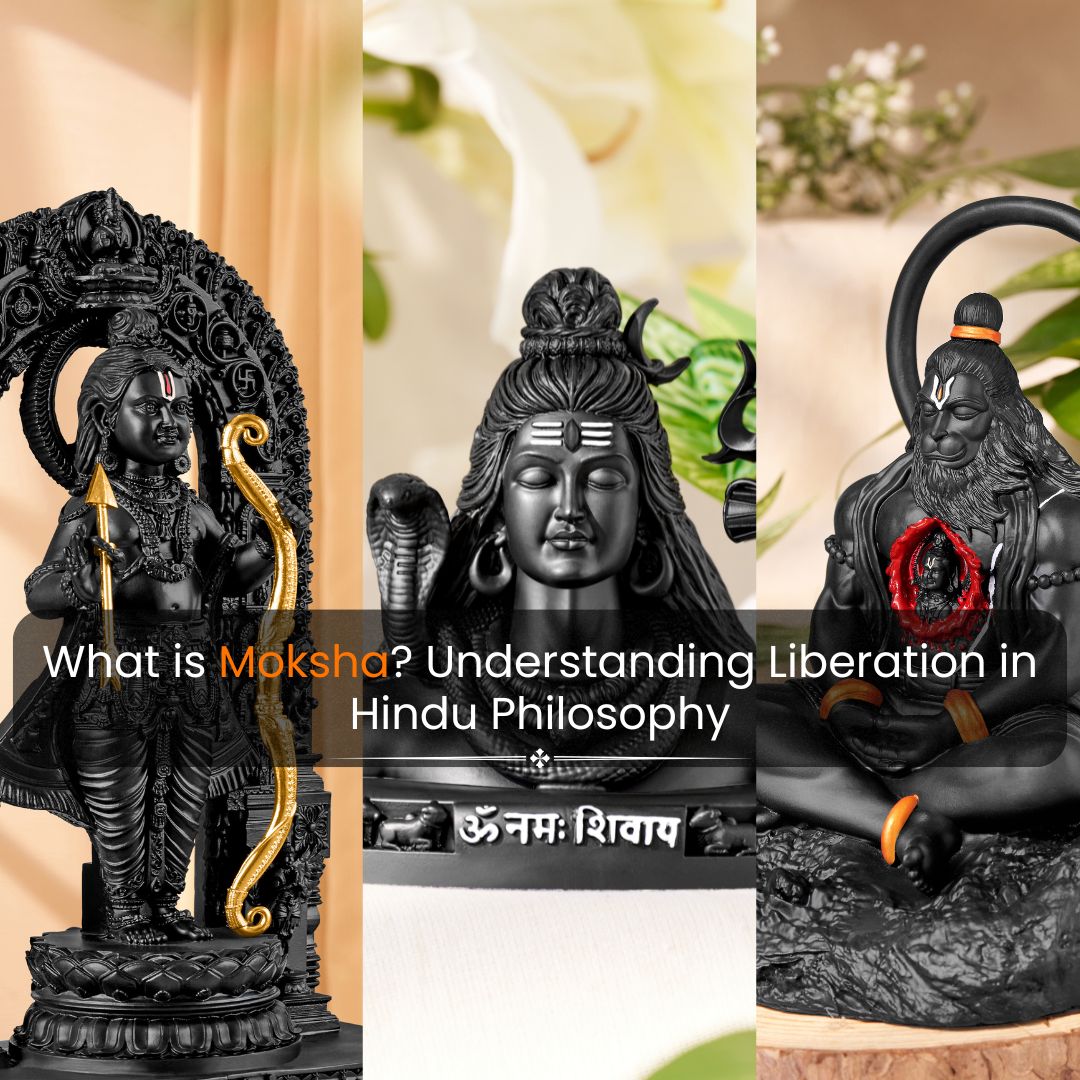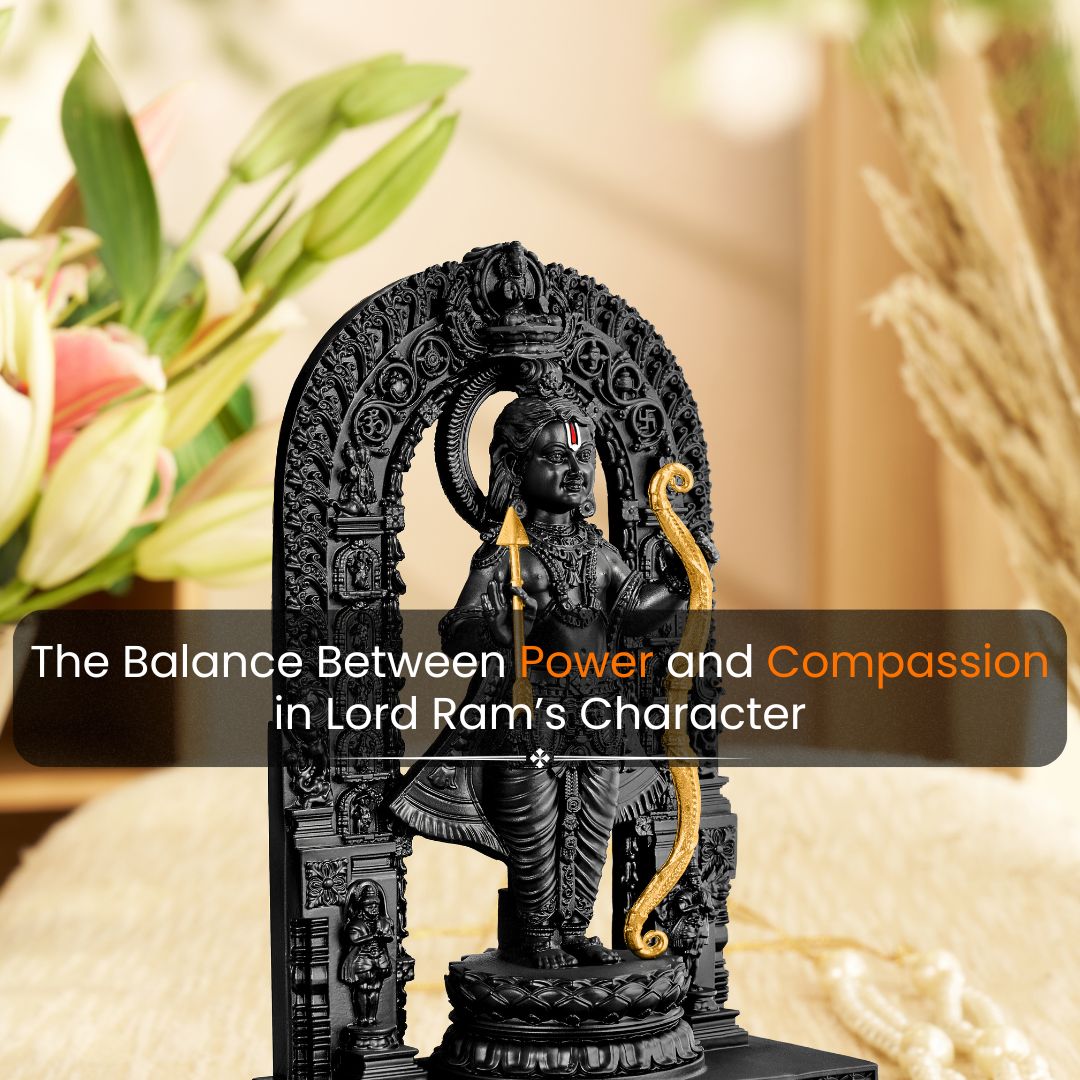
Why Does Lord Shiva Hold the Ganga River on His Head?
The image of Lord Shiva with the Ganges River flowing from his hair is one of the most iconic symbols in Hinduism. This ancient story has a deep spiritual meaning and shows the divine relationship between Ganga and Shiva.In this blog, we’ll explore how the Ganga came to rest on Shiva’s head, its spiritual meaning, and why this story fascinates and inspires millions.
The Story of Ganga and Shiva
The story begins with King Bhagiratha, a noble king from the Ikshvaku dynasty. He wanted to free the souls of his ancestors, who were trapped and unable to attain liberation. The only way to free them was by bringing the sacred Ganga from the heavens to Earth. However, bringing down the mighty Ganges River was not an easy task, as its force could destroy everything in its path.
To make his wish a reality, Bhagiratha prayed to Goddess Ganga and sought her blessing. He convinced her to descend to Earth, but there was still a significant challenge: Ganga's forceful descent from heaven would be too powerful for the Earth to bear. To solve this, Bhagiratha prayed to Lord Shiva to help.
Shiva, known as the Mahadeva or "Great God," agreed to control Ganga's descent by catching her in his hair. When Ganga descended, Shiva gracefully captured her in his matted locks, allowing her to flow gently to the Earth. In this way, he protected the world from her mighty force and allowed her to flow peacefully, thereby purifying the Earth.
The Spiritual Meaning of Ganga and Shiva
The story of Ganga on Shiva’s head carries profound spiritual lessons that reflect the values of humility, compassion, and purification in Hinduism. Here’s what this myth symbolizes:
- Shiva’s Compassion and Protection: By allowing Ganga to descend gently, Shiva symbolizes divine compassion. This act shows his role as a protector and caretaker of the world. Shankar and the Ganges River together represent the perfect harmony between strength and kindness, showing us how even the most powerful forces can be tamed with love and care.
- The Purity of Ganga: Ganga is not just a river but is seen as a goddess with purifying powers. Her waters are believed to cleanse sins and bring liberation. Flowing from Shiva’s head, Ganga becomes a symbol of spiritual purity, showing that true devotion and prayer can purify the soul and lead to spiritual growth.
- The Symbol of Humility and Strength: Lord Shiva catching Ganga in his hair represents humility. Despite his power, Shiva is humble enough to accept Ganga’s force, showing that great power can coexist with humility. This is a key lesson in Hindu philosophy, reminding devotees to stay humble, no matter how strong or powerful they become.
- Spiritual Discipline: The story also emphasizes the importance of patience and persistence in spiritual pursuits. King Bhagiratha’s determination to bring Ganga to Earth shows that with sincere devotion, even the greatest obstacles can be overcome. It encourages devotees to keep their faith strong and persist on their spiritual journey.
The Role of Ganga in Hinduism
Ganga is not merely a physical river but is revered as Mother Ganga in Hinduism. Many Hindus believe that taking a dip in her waters cleanses their sins, and that offering prayers to Ganga brings blessings and peace. This story of Ganga on Shiva's head reminds us that Ganga is not only sacred but also a pathway to moksha (spiritual liberation).
- Spiritual Purification: For centuries, Hindus have made pilgrimages to the Ganges River to seek purification. The spiritual meaning of Ganga and Shiva highlights the idea that true purification comes from surrendering to the divine.
- A Blessing for Humanity: In this myth, Ganga’s descent to Earth is a blessing for all of humanity. It is believed that the Ganga flows from Shiva’s head as a way to bring grace to the world, showing how divine forces are always looking out for humanity.
- Symbol of Eternal Life: The Ganga flowing eternally from Mahadev’s head is also a reminder of the eternal nature of the soul. Just as the Ganges River flows forever, the soul too is eternal and ever-lasting. This inspires Hindus to focus on their spiritual life and seek eternal truths.
Why the Story is Still Popular Today
The tale of Ganga on Shiva’s head is frequently searched by those who are interested in Hindu stories and its deeper meanings. This myth is not only a story but is a symbol of divine protection and purity that continues to inspire people worldwide. From temples to homes, images of Shiva and the Ganges River are placed as a reminder of divine blessings and protection.
In our busy lives, this story reminds us of the importance of being humble, divine grace, and spiritual purity.Devotees find peace in remembering that just as Shiva controlled Ganga’s descent, they can also find balance in life by embracing kindness, devotion, and love for others.
Conclusion: Embracing the Sacred Symbol of Ganga and Shiva
The story of Ganga on Shiva’s head offers us timeless wisdom and guidance. It teaches us to be compassionate, humble, and devoted in our lives. Through the spiritual meaning of Ganga and Shiva, we learn that the divine is always there to protect us, guide us, and purify us. By honoring Shiva and the Ganges River, we can invite their blessings into our lives and feel the peace and strength that comes from divine grace.
May the blessings of Lord Shiva and Mother Ganga bring purity, protection, and peace to all who seek them. Om Namah Shivaya!





















